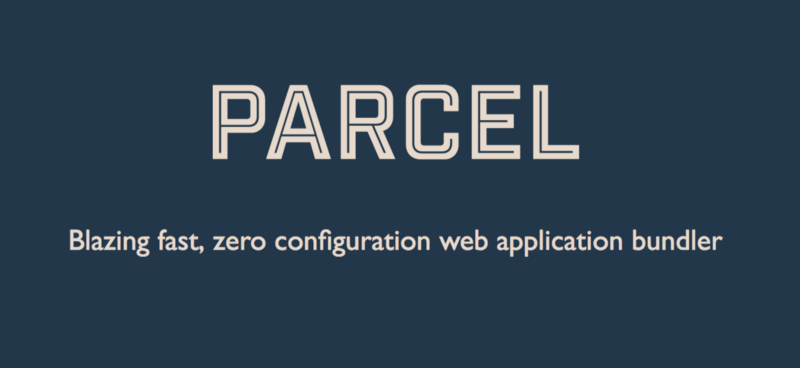By Michael Ozoemena
What’s Parcel?
Parcel is a web application bundler which offers a blazingly fast performance utilizing multicore processing and requires zero configuration.
So like Webpack? Yes, like Webpack, but lighter and with no configuration required.
What this article offers.
In this article, I’ll show you how you can make use of Parcel to bundle your basic React.js app built with JavaScript (ES6), HTML, and CSS. We will be creating a React.js app from “scratch” without using tools like create-react-app or anything like that.
Getting started.
The first thing we need to do is set up our project. I have created some starter files on GitHub, and you can see them here. When you have the project cloned on your computer, run git checkout beginning and npm install to put things in a “starter” position (note that at this point, the project doesn’t really work because we don’t have any bundled files yet).
Bundling the files.
Now, we have a simple express server set up to serve files from the dist/ folder. The reason you see cannot GET / when you run npm start and go to localhost:5000/ is because no build has happened yet. As such, the dist/ folder is empty/non-existent.
In order to start bundling our files and have something show up when you go to localhost:5000/, we need to do a few things:
- Install Parcel by running
npm install parcel-bundler --save. - Create build scripts.
- Run the build scripts and start our server.
- Load up
localhost:5000/in the browser.
Creating build scripts and bundling files.
Before we move into actually creating the build scripts and adding it to our package.json file, let’s learn a bit more about bundling files.
Note that the parcel command will not work if you only have parcel installed in your project’s node_modules folder and not globally using the -g flag.
A nice feature that comes with Parcel (aside from other amazing stuff) is the in-built dev-server with hot module replacement. You can simply make use of this dev-server by running parcel index.html where index.html is your entry HTML file.
Unfortunately, we won’t be utilizing the dev-server feature in our demo project, because we’ve built our own little express server, but this doesn’t mean we won’t still have hot module replacement. Feel free to give the dev-server a spin on your own time.
The commands we want to use instead are:
parcel watch index.htmlto build our files intodist/folder and to “watch” for changes to our files during development mode, andparcel build index.htmlto just build our files and dump them intodist/folder (useful for production mode).
If we had run npm install parcel-bundler -g instead of npm install parcel-bundler --save, then the commands in the previous paragraphs will run smoothly — but we didn’t. We installed Parcel into our local node_modules folder, so instead of running parcel index.html, we’ll run ./node_modules/.bin/parcel index.html to get our files bundled.
Now that we’ve learned all that, we can proceed to editing our package.json file and adding our build scripts into it.
"scripts": {
"parcel:dev": "./node_modules/.bin/parcel index.html",
"parcel:watch": "./node_modules/.bin/parcel watch index.html",
"parcel:build": "./node_modules/.bin/parcel build index.html"
}
As you can see, I have created three npm scripts. Now, when we run npm run parcel:watch we will have our files built into the dist/ folder. We’ll also have Parcel watching out for the changes we make as we edit our CSS, HTML, and JavaScript files so it’ll hot-reload the page for us.
Viewing the results.
In order to view our simple React.js app in the browser, we can run npm start (an already existing script) to start our express server, which should then be listening to localhost:5000/.
Key things to take away.
- You can get up and running with Parcel with absolutely zero configurations. All you have to do is install it and run the commands.
- Parcel is suitable for both development and production modes.
- Parcel has an in-built
dev-serverandhot module replacementto help you quickly get moving. - There’s more to Parcel than what’s in this article, so be sure to look at the documentation to get more in-depth.
I hope you enjoyed it. If you did, don’t forget to leave a comment and a few claps.
